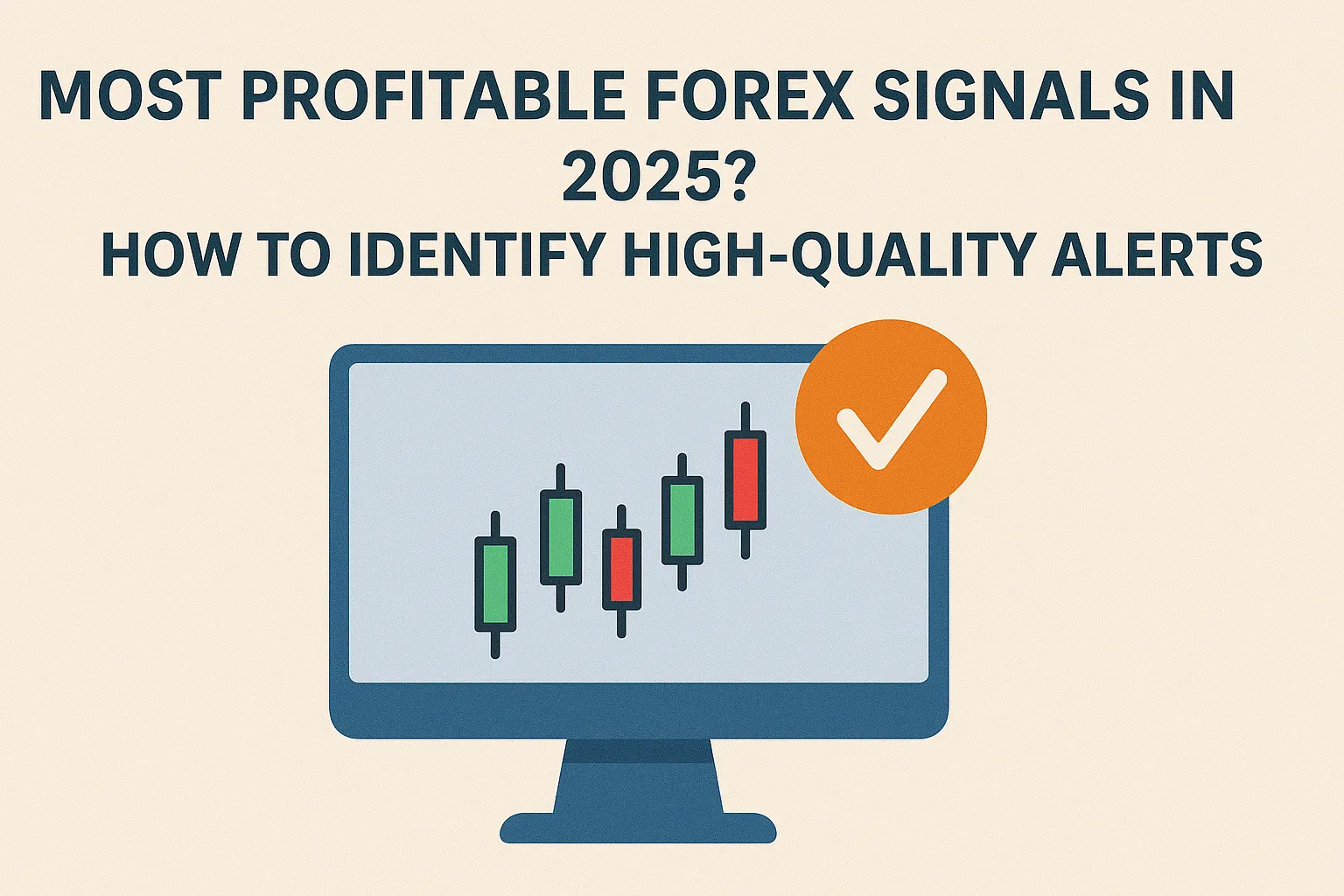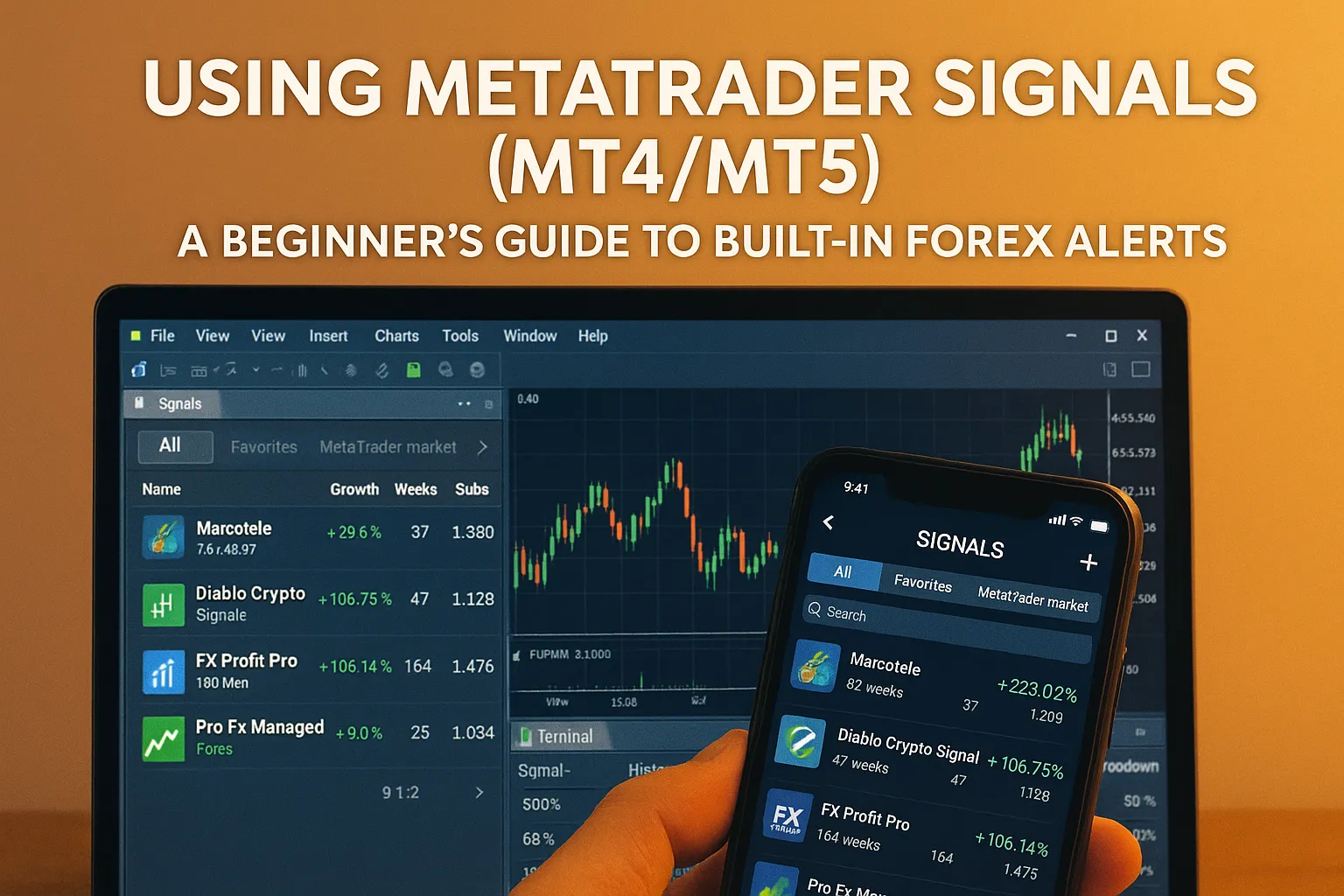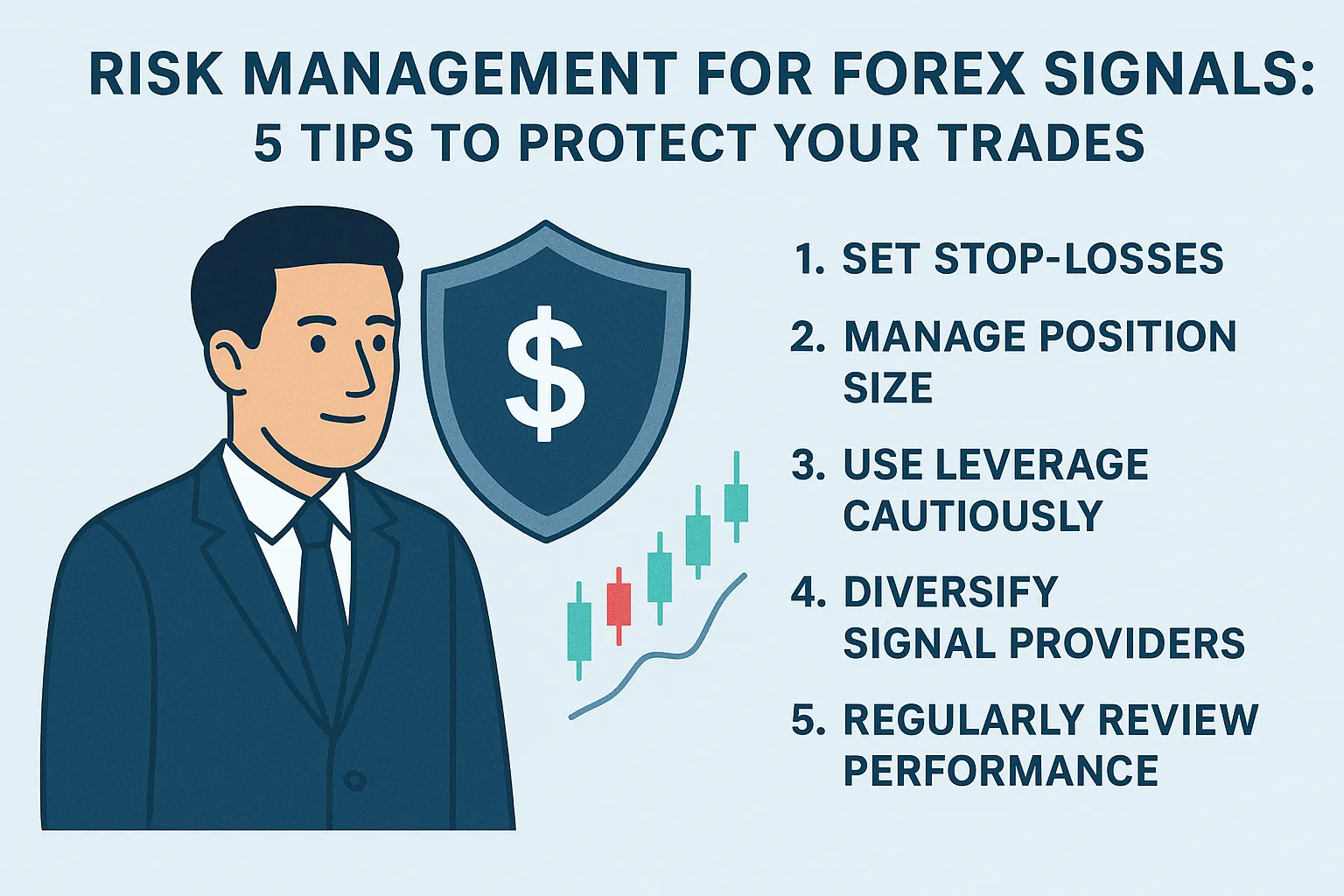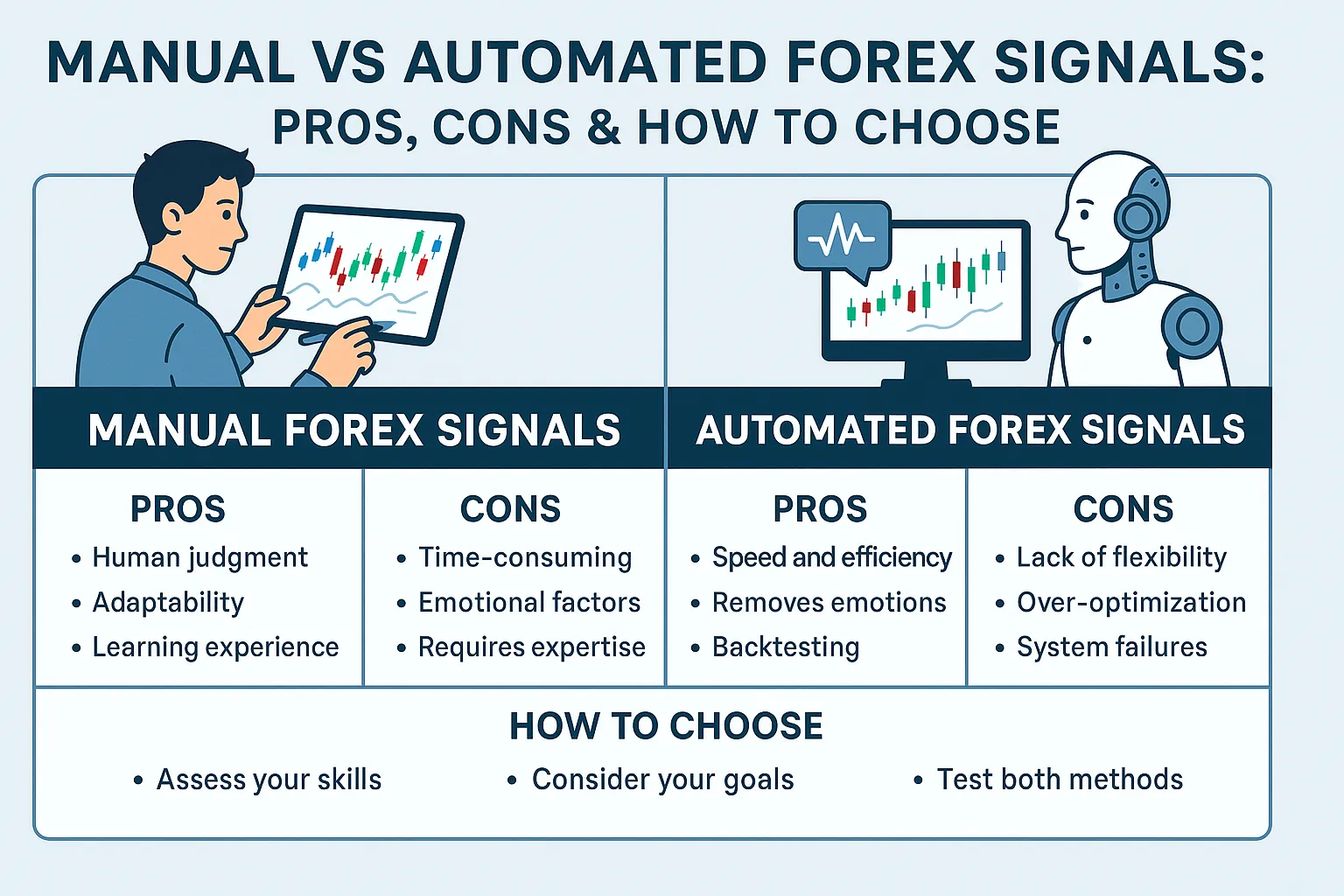Introduction
Forex signals are great tools, but using them blindly can lead to losses. The real power of forex signals comes when they’re combined with your own trading strategy. In this guide, you’ll learn how to effectively incorporate forex signals into your plan to improve your results in 2025.
Why Combine Forex Signals with Your Strategy?
- Better Decision-Making: Signals are just one part of the picture.
- Personalized Trading: Tailor trades to your risk tolerance.
- More Control: You understand why you’re entering a trade.
Steps to Incorporate Forex Signals into Your Strategy
1. Define Your Trading Goals
- Are you scalping, day trading, or swing trading?
- Know your profit targets, risk levels, and trading hours.
2. Choose a Signal Type That Matches Your Style
- Intraday signals: For active traders.
- Swing signals: For longer-term setups.
- News-based signals: For fundamental traders.
3. Analyze Each Signal Before Acting
- Check the Trend: Is it in line with the signal direction?
- Support & Resistance: Are there key levels nearby?
- News Impact: Any economic events that could affect the trade?
4. Apply Risk Management Rules
- Use your own stop loss and take profit levels.
- Risk no more than 1-2% of your account on any trade.
- Use position sizing based on your capital.
5. Track & Review Signal Performance
- Maintain a trading journal.
- Record why you took the signal, the result, and what you learned.
6. Adapt Over Time
- Identify which signals work best for your strategy.
- Refine your plan based on signal effectiveness.
Tips for Better Integration
- Don’t Follow Every Signal: Only take trades that match your criteria.
- Use Multiple Confirmation Tools: Indicators like RSI, MACD, or Bollinger Bands can validate signals.
- Avoid Overtrading: One or two quality trades a day are enough.
Common Mistakes to Avoid
- Blindly Trusting Signals: Always analyze before entering.
- Ignoring Market Conditions: Ranging vs trending markets affect signal outcomes.
- Skipping Risk Control: Even good signals fail sometimes.
Conclusion
Forex signals can boost your trading success if you use them as part of a structured strategy. By analyzing each signal, managing risk, and learning from results, you’ll become more confident and consistent in your trades in 2025.
FAQs:
- Can I use forex signals without a strategy?
It’s risky. Having a strategy gives you better control over results. - How many signals should I follow?
Quality matters more than quantity—1-3 solid signals per day is enough. - Do professional traders use forex signals?
Some do, but they always combine them with their own analysis. - What’s the best way to analyze signals?
Use chart patterns, indicators, and check for upcoming news. - Should I use demo accounts to practice?
Yes, test signal integration before going live.













